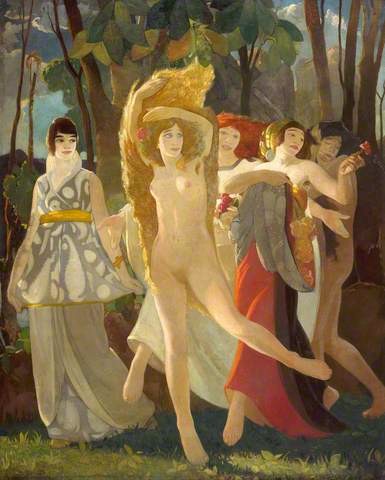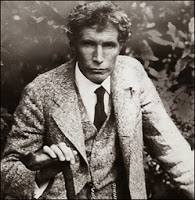In the dog days of summer we present a post from our former site Bookride. It was billed there as one of several 'Tall Tales from the Trade' but as I recall it is pretty much true except that Pecksniff's may have been called Greasby's. There are other racy tales from this exciting (and vanished) world to follow...
It's 1977, in the year of the Jubilee, punk rock is in the air, Big Jim Callaghan is in Downing Street and a bookseller in King's Cross London is involved in a long - running dispute over rent with a corrupt and greedy landlord. The landlord, call him Rachman, wants him out so that he can develop the building into flats and keeps raising the rent and hassling the young bookseller at every opportunity.
Continue reading










